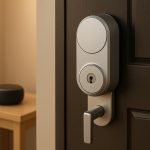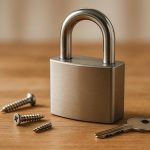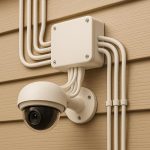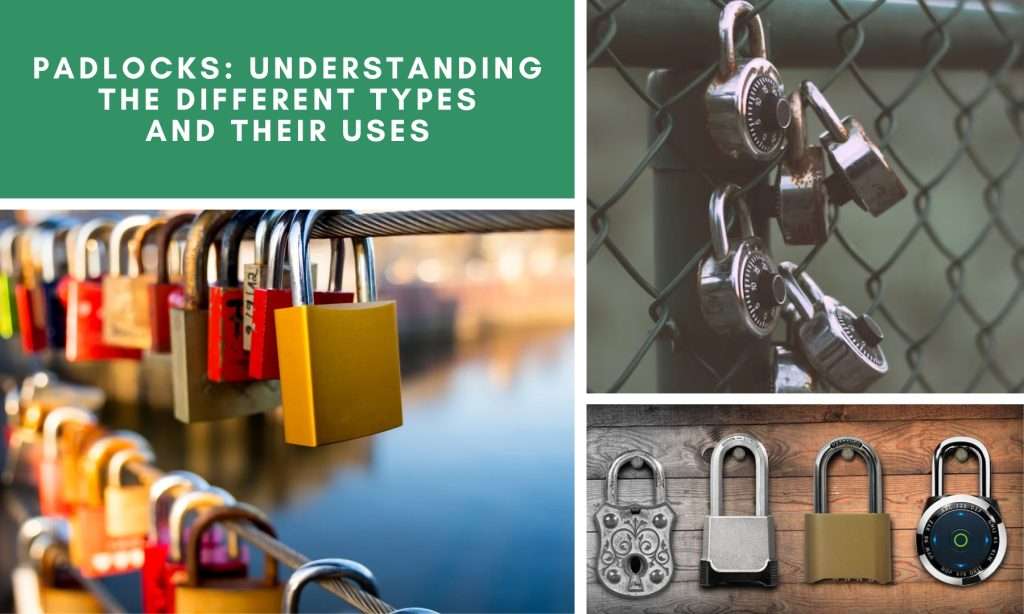Padlocks, those humble yet essential security devices, have protected our things and kept our places safe for hundreds of years. To choose the right padlock for your business or house lock change, you must understand the different kinds and the many ways you can use them.
In this post, we take you on a trip through the intricate world of padlocks and learn about their designs, how they work, and a wide range of applications. Come with us to learn how to use these locks and how important they are to our daily lives.
The History of Padlocks
Padlocks have been around since ancient civilizations. Their past is a fascinating trip through time. Over 4,000 years ago, these clever security devices were first made in Egypt, made of wood and worked with wooden pins. They changed over time in different countries, and the Romans were the first to use iron padlocks and keys.
During the Middle Ages, these locks became fancier, with more complicated patterns and tumblers. The Industrial Revolution brought mass production methods, which made them more available to more people. Today, padlocks continue to change, with new types and materials to meet residential and commercial lock and key needs.
Anatomy of a Padlock
A lock comprises several important parts to secure or release a locking mechanism. The design and intricacy of these parts might vary depending on the type of lock and its intended use. However, the basic parts usually include:
Lock body: The lock’s upper case or housing holds the internal parts and gives the lock its shape.
Shackle: The U-shaped or straight bar that sticks out from the lock body and fits into the closing mechanism when the lock is engaged.
Locking mechanism: The parts inside the lock keep the shackle in place when the lock is closed. There are different kinds of systems, like pin tumblers, disc detainers, and combination wheels, and each has its way of keeping the shackle in place.
Keyway: The keyway is the hole or slot in the lock’s body where the key or keying mechanism goes. The keyway lines up with the locking device, so it can move to open or close the lock.
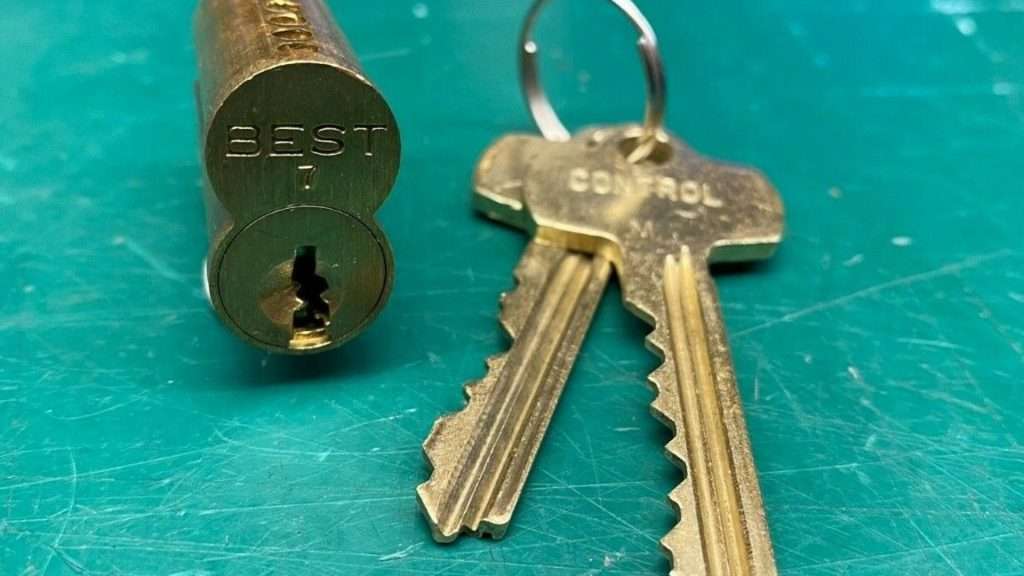
Key or combination: The mechanism that operates the lock. It can be a physical key that aligns with the pins or discs inside the lock. A combination is a set of numbers or symbols that opens the lock when set upright.
Cylinder: The cylindrical space inside the lock that holds the pins and springs. It is common in some types of locks, like pin-tumbler locks. The key engages with the pins in the cylinder so that they are in the right place to open the lock.
Bolt or latch: Some locks secure the door or item with a bolt or latch. When you turn the key in the lock, the bolt moves out and into a strike plate or receiver, which holds the door or object in place.
Actuator: In electronic or smart locks, the actuator is the part that reacts to an electronic signal (like from a smartphone app) to lock or unlock the device.
Types of Padlocks
Keyed Padlocks
Pin Tumbler: These are the most common padlocks. They use a key to line up the pins inside the lock barrel, which lets them open the shackle.
Disc-Detainer: Instead of pins, these padlocks have spinning discs that need to be lined up with the key in the right way for the lock to open.
Tubular Locks: Tubular locks have a round key and a circular keyway. Often used in vending machines, you can also find these locks on bike locks and utility boxes.
Combination Padlocks
Mechanical Dial Combination: These locks open by turning the numbered dial on the lock in the right order.
Electronic Combination: To open an electronic combination padlock, simply type in a code on a keypad or electronic screen.
Keyless Padlocks
Biometric: To open these locks, you use your fingerprint. Often, high-security applications take advantage of them.
Bluetooth-Enabled: Bluetooth-enabled padlocks unlock with an app on a smartphone that connects to Bluetooth.
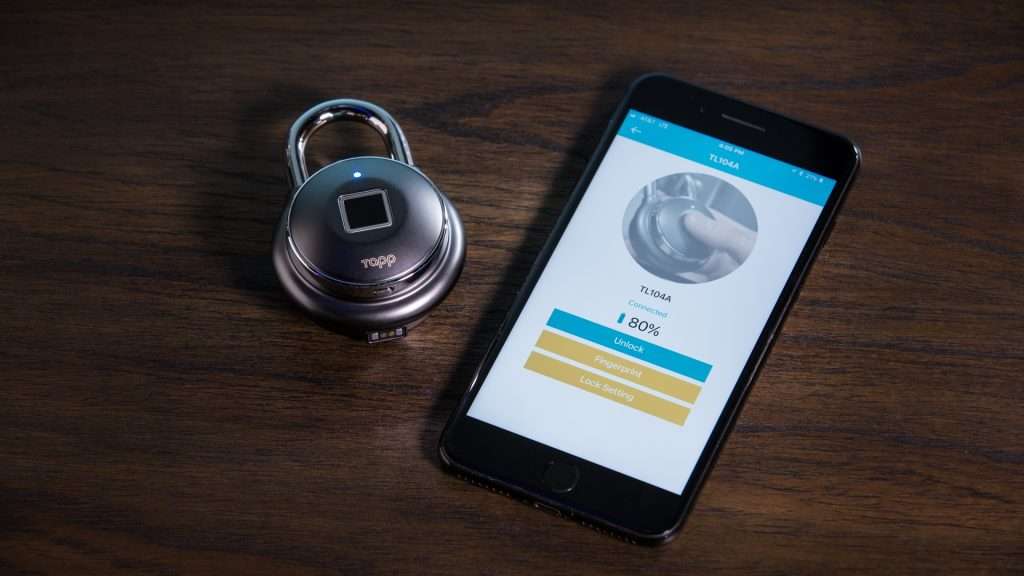
High-Security Padlocks
These are designed with advanced security features, have anti-pick, anti-drill, and hardened materials. People often used them for securing valuable items or in high-risk environments.
Padlock Uses and Applications
Padlocks have a wide range of uses and applications across various settings. Here are some of the most prevalent uses and purposes for these locks:
Residential Security
Doors and Gates: Padlocks usually lock doors, gates, and fences around houses.
Garages and Sheds: They can keep outbuildings and storage spaces on residential houses safe.
Lockers and Cabinets: Padlocks can keep lockers and cabinets in homes safe.
Commercial and Industrial
Warehouses and Storage Units: Padlocks lock the doors of warehouses and storage units.Machinery and Equipment: They are used to lock machines and equipment in factories to keep them
safe and secure.
Toolboxes: Padlocks can secure toolboxes and equipment cases on job sites.
Outdoors and On-the-Go
Bicycles and Motorcycles: Bike locks are a popular padlock for locking up bicycles and motorcycles.
Luggage and Travel: Travelers use padlocks to keep their bags, backpacks, and other luggage safe.
Gates and Fences: They can lock up the gates and fences outside homes.
Boats and Trailers: Padlocks lock up boats, trailers, and other types of recreational vehicles.
Specialized Applications
Lockout and Tagout in Industry: In the workplace, padlocks are part of lockout and tagout processes to keep workers safe while machinery is being fixed or maintained.
Marine and Nautical Use: Special padlocks for boats and docks are made to prevent corrosion.
Locker Rooms and Gymnasiums: These padlocks are often used to lock lockers in schools, gyms, and other public places.
In closing, the world of padlocks is more diverse than you might have thought, with each type tailored to specific security needs. From safeguarding your home to protecting your prized possessions, making the right choice in padlocks is a crucial step towards peace of mind. As we have discussed your many choices, keep in mind that your safety is still in your own hands. So, take a moment to know what you want, weigh your choices, and buy a padlock that meets your specific needs.
Locksmith Near Me
Do you need a trustworthy lock service in Pittsburgh, PA? Sherlock’s Locksmith is the only place you need to go. With our expertise in lock installation, door lock changes, and commercial lock repairs, we are your trusted partner for all things locksmith-related.
We have a wide range of padlocks, including heavy-duty ones for commercial use, weather-resistant ones for outdoor use, and high-security ones to keep your valuables safe. Our padlocks come from reputable companies, so we know they will last and work well. Do not risk your safety. Choose Sherlock’s Locksmith for excellent service and security options. Contact us today!





